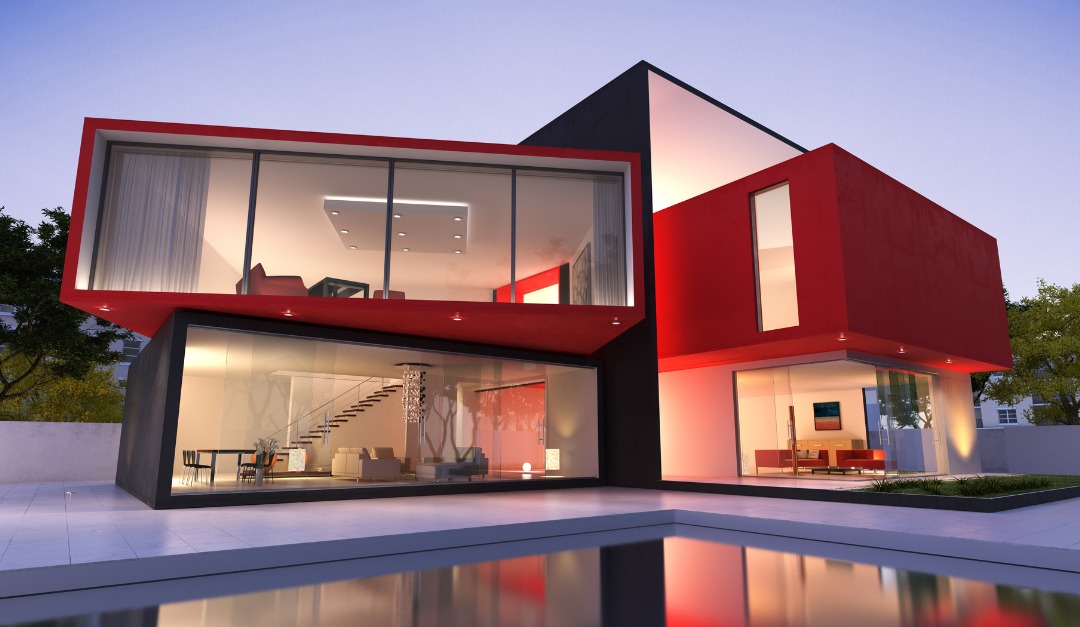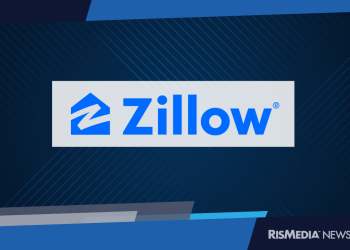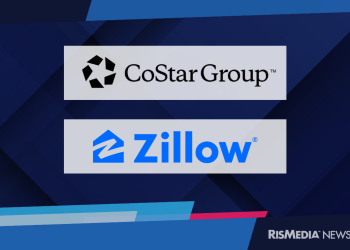In high-end real estate, life goes on.
A six-acre Southampton compound just a two-hour drive from New York City sold for $57.5 million in April, and Tyler Perry’s old 35,000-square-foot mansion on the banks of Atlanta’s Chattahoochee River sold for $15 million in May.
In less rarified but still pricey destinations, such as Manhattan’s Upper East Side, a $5.5 million co-op stalled mid-transaction amid early pandemic fears but sold at a slightly adjusted price in June. Some Florida mansions that languished for more than 1,200 days on market pre-pandemic are now seeing multiple offers as the wealthy seek spaces large enough to house their multi-generational families.

“Early in the COVID-19 crisis the affluent, like most people, hit the pause button on real estate, opting essentially to stay safe by staying put,” says Diane Hartley, president of the Institute for Luxury Home Marketing (ILHM).
Hartley notes, however, that the high-end market is a want market, not a need market—after weeks or months of sheltering in place, wish lists began to emerge.

“The pandemic had people at every level spending more time within their walls and re-evaluating, ‘what home means to me,'” says Mike Miedler, president and CEO of Century 21 Real Estate. “As their priorities shifted, the wealthy began to pursue what they wanted—more space, more privacy and more at-home amenities: a home gym, his-and-her offices, a private dock or helipad, even space to homeschool their children if it came to that.”
For high earners with workplace flexibility, there was an instant surge of interest in homes outside crowded urban areas.

“Bedroom communities on trainlines into urban destinations are seeing renewed popularity, especially larger homes with tennis courts and swimming pools, which were previously waning in popularity,” notes Paul Boomsma, president and CEO, Leading Real Estate Companies of the World® (LeadingRE). “In many of the nation’s most desirable destinations, the market today is outperforming last year’s numbers, with second or third home purchases also on the rise.”
REALTORS® contemplating a dormant spring were more than pleasantly surprised.

“If demand in the upper tier in March and April were at a veritable standstill, May lit a match under it,” says Chris Kelly, president, Ebby Halliday, REALTORS® in Dallas, Texas. “Unlike the last recession, when real estate lost value, affluent consumers today see real estate as the answer to privacy, on-site amenities, a safe place for the family and a stable place to park their cash.”
With inventory low as demand continues to surge, most high-end properties are selling for more than 90 percent of their list price, Kelly says, and multiple offers are becoming more commonplace, especially for homes in move-in condition.
That’s a statistic from the July ILHM report, which shows the inventory level of single-family homes in greater Dallas’ Collin County region in June down by 58 percent—barely changed from May figures. But the number of sales is up 22 percent from a year ago and 60 percent over the prior 30 days.

Numbers like these come as no surprise to Atlanta agent Leianne Messina, a top producer with Coldwell Banker Residential Real Estate who specializes in the upscale market.
“The clients I serve are at the top echelons,” Messina says. “They can afford to live wherever they wish and fly private planes where they need to go—and they are flocking to the lake areas of greater Atlanta from states like New York, New Jersey and Florida, where prices for similar properties are much higher.”
Just a weekend ago, she says, she fielded 25 offers on a $1 million-plus property that sold for well over the asking price.
Messina says she is also assisting investors who are flush with cash, or who are taking advantage of rock bottom interest rates to buy tired properties, have them renovated and reap huge profits turning them over to buyers for whom price is not a concern.

“The luxury market is definitely back,” says J. Lennox Scott, chairman and CEO, John L. Scott Real Estate, serving four Northwest states. “For Seattle homes listed at $1 million and above, where there is a shortage of inventory and surging interest, we are seeing intense activity—perhaps the highest in our history—and we expect that trend to continue as travel restrictions ease and buyers feel safer coming in from other states.”
June figures for the Seattle area, reports ILHM, show inventory levels down by 25 percent, but sales up by 43 percent over the last year and as much as 73 percent over May’s sales.
“Other hot spots are emerging across the nation,” says Hartley. “In Palm Beach, Fla., June sales were up 18 percent over a year ago and 87 percent over May. In the most active price band—between $4.5 million and $5 million—sales might have been higher had there been more available inventory. The same could be said of some areas in Arizona, California and in the wide-open spaces of Idaho and Montana.”

REALTORS® specializing in upper-tier properties were ready to meet the delayed spring surge, says Mark Pessin, chief learning officer for Realty ONE Group’s new ONE Luxe upscale division and designated broker for the group’s San Diego offices in California.
“In many ways,” Pessin says, “the luxury market was better prepared for COVID-19 than other sectors because high-end agents have been using 3D video tours and similar technologies with great success for some time—and the wealthy often depend on long-standing relationships with trusted real estate advisors to guide them toward the properties that best meet their needs without expending a lot of time or energy.
In today’s environment, he notes, when seeking the right property is more of a health concern for wealthy buyers than an economic concern, brokers who have developed such relationships and mastered the art of the virtual sale have been more than ready to meet the challenge.

“In the New York City market, summer rentals in the Hamptons are always brisk,” says Bess Freedman, chief executive officer, Brown Harris Stevens, which serves the Manhattan, Hamptons, Palm Beach and Miami markets, and recently folded Halstead Real Estate into its ranks. “This year, those summer rentals filled up faster and earlier because of COVID-19, and the competition was super-heated.”
With changing tax strategies that impact the wealthy making it problematic for New Yorkers to change permanent residence, Freedman says, interest has increased in finding the perfect second home within easy reach of the city.
“Not all square footage is created equally,” she says. “Buyers today are looking for privacy and updated luxury in a location that offers peace of mind, and our tech-savvy brokers are using virtual means to help clients find what will suit them.”
Price is often no object, says Freedman, although as sellers who took their homes off the market early in the pandemic slowly come back, most properties are fairly priced.
“Our index confirms that the higher the price point, the slower the turnover,” notes Hartley. “And while changing priorities are fueling interest, a $20 million home is not flying off the market or met with the same buyer frenzy as homes at lower price points.”
The basic principles still apply, she notes, especially in a low-inventory environment: A renovated, well-priced house in a desirable location will sell at close to asking price.
As fall approaches, valid concerns make it difficult to predict the path forward: school re-openings; stock market volatility; new surges of coronavirus cases and/or the emergence of a vaccine; and, not least, the state-by-state patchwork of rules, restrictions, regulations and requirements that make relocating a challenge.
“Many months into this pandemic, we are still trying to get a handle on what the new normal will be like,” says Kelly. “But if present demand is an indication, luxury real estate will see a strong second half and momentum going into the New Year.”
Barbara Pronin is a contributing editor to RISMedia.












